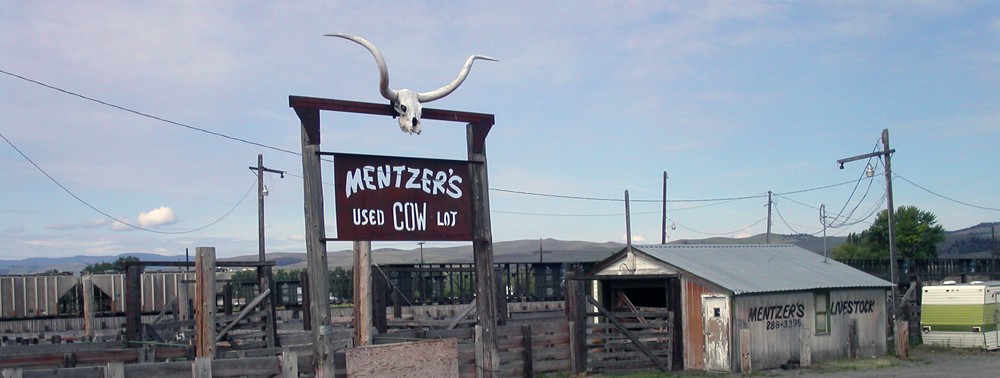Last month we signed up for a walking tour of Schenley Farms, a historic subdivision in Pittsburgh’s Oakland neighborhood. A local historic preservation group organized the tour and charged participants $20 per ticket; a Schenley Farms resident led the tour. Full disclosure: I’m a veteran walking tour consumer and I design and lead tours professionally. We had low expectations going into the tour and 90 minutes after it began and we walked away in disbelief that it was much worse than we anticipated.
This isn’t the place to pile onto an amateur tour guide or the tone-deaf and obsolete historic preservation organization behind the tour. Instead, it’s where I want to reflect on what was in the tour and what was missing.
What the tour had was lots of celebratory history about the wonderful white real estate developers, architects, and homeowners whose names are indelibly attached to the neighborhood. These included former university presidents, food company executives, and a popular amusement park founder.
The guide and the preservation organization’s education coordinator uncritically heaped praise upon the City Beautiful movement without fully explaining the early 20th century trend’s role in promoting racially restrictive deed covenants, redlining, and the concentration of poverty. Recent scholars have described the practices promoted by the City Beautiful movement as urban planning eugenics.
What the tour didn’t have was any of the recently published history documenting Schenley Farms’ exclusionary racist history. Though there were many mentions of the restrictive covenants that contributed to making it a wealthy, exclusive, and desirable neighborhood — architectural standards, single-family home requirements, etc. — the tour guide omitted any mention of the control that the Schenley Farms Company exerted in maintaining the subdivision’s racial homogeneity as a place for white homeowners only.

Nothing uncomfortable for the virtuous Schenley Farms residents in this program. Only good, friendly people who wrote glowing reviews of the community lived there in the past — and, by extension, today.
At the very least, the organizers could have mentioned the Black people who did live in Schenley Farms before the late 1960s: the household employees who cleaned the homes and helped to raise the owners’ children.

Adding to the assault on any thinking person’s sensibilities was the brief discussion of the times that Hollywood production companies dropped in on the ‘hood. Our guide described how the production crew filming August Wilson’s Fences closed off streets and appropriated part of her yard for lighting:
They decided to use our streets when they were doing garbage collection.
You read that right: Hollywood reproduced the neighborhood’s racist history by using its streets to film part of a movie that centers on Black life in Pittsburgh’s Hill District. Of course there were no Black homeowners living in Schenley Farms during the 1950s. The only places you could find Black people there were the streets on garbage collection day (and, of course, in the kitchens, basements, and attics of all the stately homes).
Pittsburgh can and should do better with its history and historic preservation.
Shortlink for this post: https://wp.me/p1bnGQ-44s


